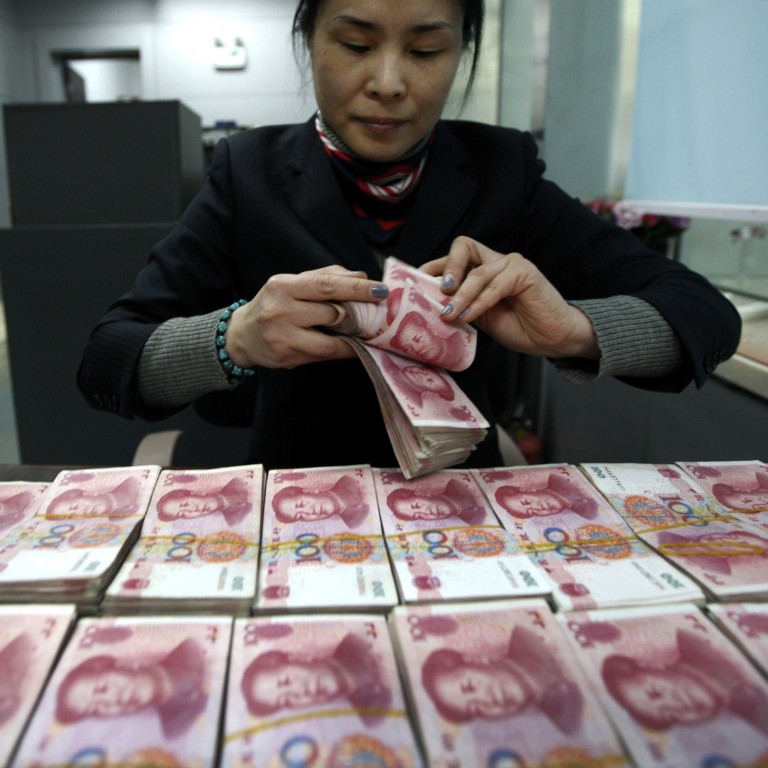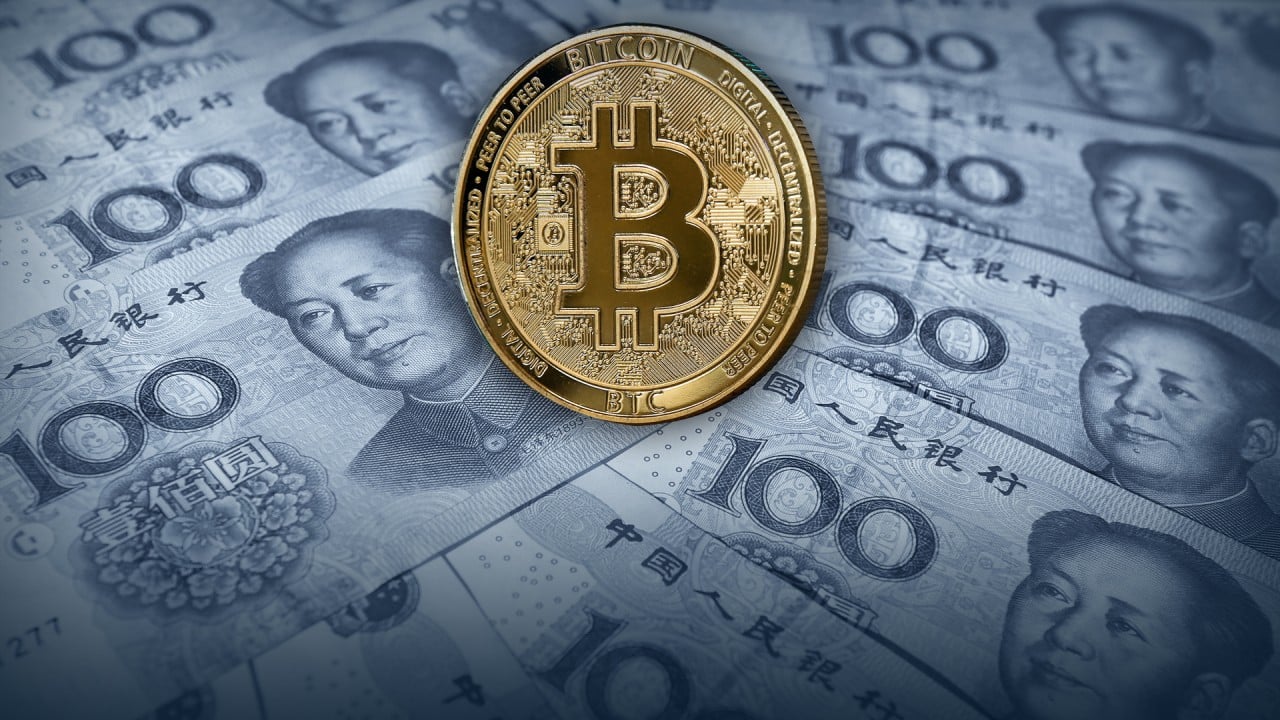
China’s yuan could become world’s ‘currency of choice’ by 2050 under dual circulation plan
- Market entities will use yuan for cross-border purposes as China’s economy integrates with rest of the world, says ex-deputy central bank governor Hu Xiaolian
- China’s dual circulation plan places a greater focus on the domestic market, and is its approach to adapting to an increasingly unstable and hostile outside world
Amid rising anti-globalisation sentiment and as Western countries intensify their efforts to contain China, the country is entering a period of economic development that will create new infrastructure to enable the global use of the yuan, according to a former deputy governor of its central bank.
By the middle of this century, China might have the world’s biggest, and most open financial market to function with the world’s most inclusive rules and norms promoting international cooperation
“Now that China is developing a new paradigm characterised by its dual circulation model, the globalisation of the yuan has an even more solid foundation,” Hu said.
“At the end of the day, it is about serving China’s dual circulation model while promoting closer cooperation with the rest of the world.”
It is expected to see China place less reliance on its export-oriented development strategy, or external circulation, without abandoning it altogether.
The transition into a new stage of yuan globalisation will be dependent upon a deeper and broader opening up of China’s financial markets, the realisation of a convertible capital market, as well as closer ties between China and the rest of the world, Hu added.
Under its 14th five-year plan, China is aiming to build a multilayered capital market, and develop the links between domestic and overseas capital markets, which supports the inbound flows of overseas yuan and provides foreign entities a smoother channel for investment and financing.
“By the middle of this century, China might have the world’s biggest, and most open financial market to function with the world’s most inclusive rules and norms promoting international cooperation,” Hu said.
“By that time, the yuan is likely to be the currency of choice and could be freely used, serving global trade and investment as it becomes a reliable and trustworthy currency.”
Overseas entities held 3.4 trillion yuan (US$531 billion) in yuan-denominated equities and 3.3 trillion yuan in yuan-denominated bonds at the end of last year, up 62 per cent and 47 per cent from the previous year, respectively.
Meanwhile, green financing, including green bond issuance and the launch of China’s carbon trading market at the end of this month, will also bring new opportunities for yuan internationalisation, according to Hu.
China’s adoption of new policies to develop its domestic consumption market will provide it with a buyer’s advantage to support yuan-denominated cross-border transactions given the nation’s huge population and growing incoming levels, he said.
Instead of being driven by financial speculation in the offshore market, China places an emphasis on a stable exchange rate combined with stable macro economic and monetary policies, and this will boost confidence in the yuan and help foreigners accept the currency for its payments, Hu said.
Wang Jiang, a professor of finance at the MIT Sloan School of Management, said increasing foreign investment into Chinese government bonds will be an important factor in the allocation of global resources during the process of yuan internationalisation under the context of China’s dual circulation strategy.
China’s government bonds are not only an investment instrument, they can also reflect the price of foreign investment and thus provide a guide in the allocation of resources, explained Wang.
For example, falling interest rates on government bonds could actually stimulate China’s consumption and provide guiding information on market expectations of inflation, while at the same time leading to a deeper change in the allocation of resources.
“Government bonds are not only a way to borrow debt, but it is also a way to guide the allocation of resources,” Wang said. “So it should be seen from an infrastructure point of view, we should improve the efficiency and optimise the structure of government bonds.”


